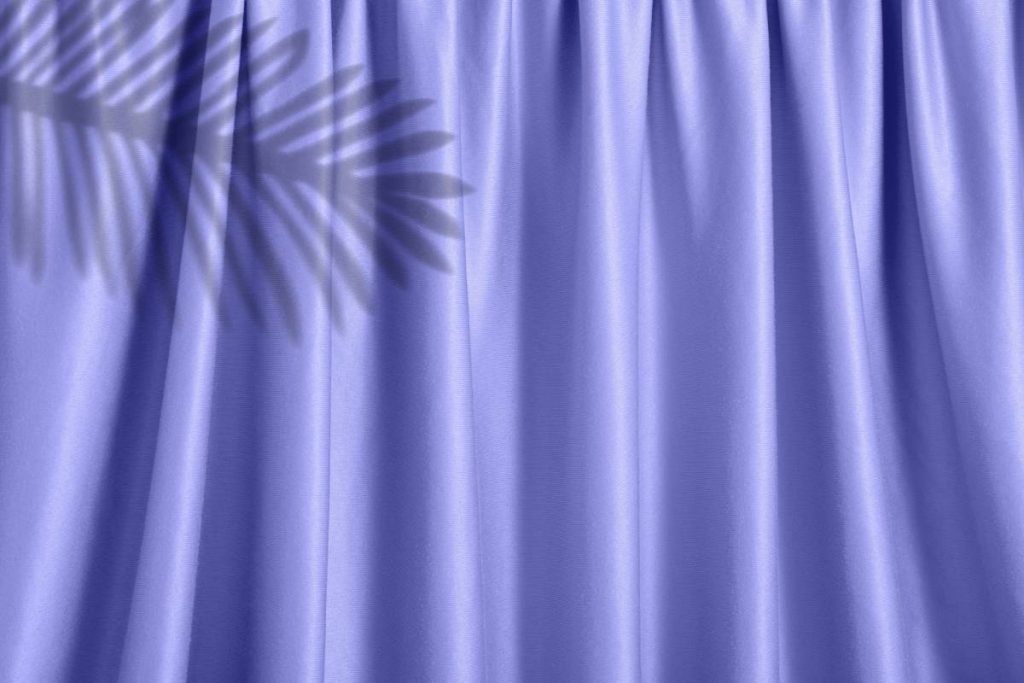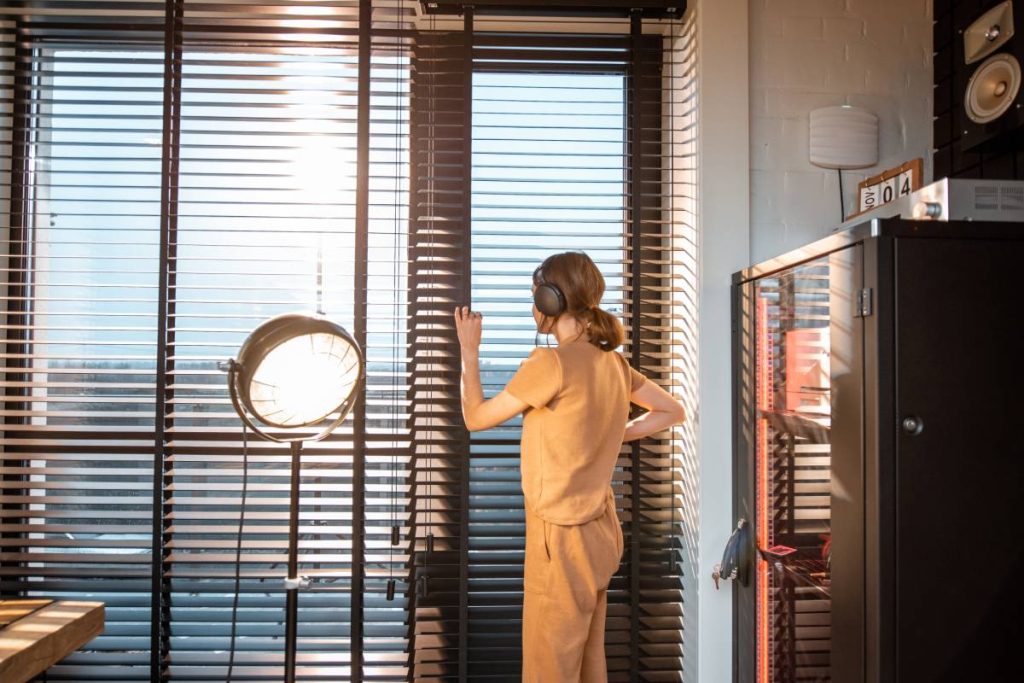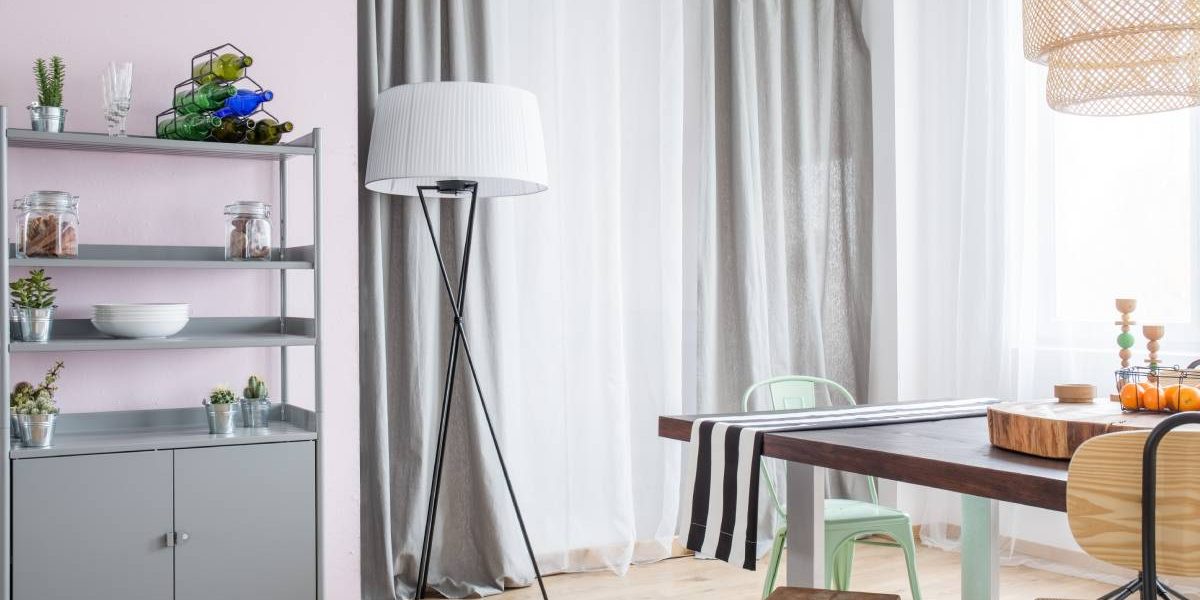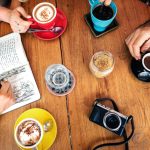When choosing window treatments, there are four main types: curtains, drapes, shades, and blinds. People often mix up the terms, especially when comparing drapes and curtains.
Although these options work well with various decorating styles and rooms, each has its unique features. To help you decide, let’s explore the similarities and differences among curtains, drapes, shades, and blinds.
Related article:

What are curtains? What is it best for?
A curtain is not just a piece of fabric hanging in front of a window; it’s a versatile and essential element in interior design. Beyond its functional role of providing privacy and controlling light, a curtain serves as a style statement, adding character and warmth to a space.
The primary purpose of a curtain is to regulate the amount of natural light entering a room. Depending on the fabric and design, it can filter sunlight, creating a soft and ambient glow or block it completely for a cosy and darkened atmosphere, keeping for a longer snoring in the morning. This light control feature makes curtains particularly useful in bedrooms, where a peaceful and restful environment is crucial.
Curtains also play a crucial role in enhancing the overall aesthetics of a room. The fabric, colour, and pattern of curtains contribute to the decor, tying together different elements in the space. Whether you opt for luxurious drapes to complement an elegant living room or sheer curtains to evoke a light and airy feel in a kitchen, the right choice can transform the entire ambience.
Moreover, curtains offer an additional layer of insulation, helping to regulate the temperature within a room. In colder months, heavy and layered curtains can trap heat, contributing to energy efficiency. On the flip side, during warmer seasons, lightweight and sheer curtains allow for better ventilation while still maintaining a level of privacy.
In summary, a curtain is more than just a decorative piece; it’s a multifunctional accessory that balances functionality with style. Whether it’s creating a cosy bedroom retreat, adding a touch of sophistication to a living room, or regulating temperature and light, curtains prove to be indispensable in the realm of interior design.

What are drapes? What is it best for?
Drapes, often referred to as draperies, are a luxurious and elegant window treatment that goes beyond the basic functionality of curtains. These floor-length panels of fabric are designed to hang from a rod, offering a more formal and sophisticated aesthetic to a space.
One of the key distinctions between drapes and curtains is the weight and quality of the fabric. Drapes typically use heavier and more substantial materials, such as silk, velvet, or brocade, giving them a substantial and opulent appearance. This makes drapes an excellent choice for formal spaces like dining rooms, living rooms, or master bedrooms, where a touch of grandeur and richness is desired.
Drapes excel in providing enhanced light control and privacy due to their thickness and lining. The heavy fabric effectively blocks out light, making them ideal for spaces where complete darkness is preferred, such as bedrooms or home theatres. The lining also adds an extra layer of insulation, helping to regulate temperature and contribute to energy efficiency.
In terms of style, drapes offer a wide range of design possibilities. From classic solid colours to intricate patterns and elaborate pleats, drapes can be customized to suit various interior aesthetics. Their floor-length design adds a sense of drama and height to a room, creating a visually stunning focal point.
While drapes are associated with a more formal setting, they can also be adapted for a more casual look by choosing lighter fabrics or simpler designs. Ultimately, drapes are best suited for spaces where a combination of luxury, functionality, and style is desired, making them a versatile choice for those looking to make a statement with their window treatments.

What are shades? What is it best for?
Shades are a versatile and practical window covering option that offers a sleek and modern aesthetic. Unlike curtains or drapes, shades are made from a single piece of material and can be raised or lowered to control light and privacy.
One of the primary advantages of shades lies in their ability to provide precise control over the amount of light entering a room. Whether it’s a roller shade, Roman shade, or cellular shade, these window treatments allow you to easily adjust the level of illumination, making them ideal for spaces where flexibility is key, such as home offices or living rooms.
Shades are particularly well-suited for minimalist and contemporary interior designs due to their clean lines and unobtrusive appearance. They come in a variety of materials, including fabric, bamboo, or even sheer options, allowing homeowners to customize their window coverings to match the overall decor of their space.
Another notable feature of shades is their space-saving design. Unlike curtains or drapes that require additional space to stack when open, shades neatly roll up or fold, making them a practical choice for smaller rooms or windows with limited wall space.
In terms of energy efficiency, cellular shades, also known as honeycomb shades, stand out. Their unique honeycomb structure creates air pockets that act as insulation, helping to regulate the temperature in a room and potentially reduce energy costs.
Shades are versatile window treatments that can cater to various needs, from providing blackout options for bedrooms to allowing filtered natural light in living spaces. Their adaptability, modern aesthetic, and space-saving functionality make shades a popular choice for homeowners looking for a contemporary and efficient window covering solution.

What are blinds? What is it best for?
Blinds are a versatile and practical window covering option that consists of horizontal or vertical slats that can be adjusted to control light and privacy. Available in a variety of materials such as wood, metal, or vinyl, blinds offer a timeless and functional solution for different spaces.
One of the key features of blinds is their ability to provide precise control over the angle of the slats, allowing you to easily manage the amount of sunlight entering a room. This makes blinds an excellent choice for spaces where flexibility and light regulation are paramount, such as offices or living rooms. Vertical blinds, with their upward and downward movement, are particularly effective in controlling the direction of light and ensuring privacy.
Blinds are also known for their sleek and unobtrusive design, making them suitable for a wide range of interior styles. Whether you prefer the warmth of wooden blinds in a traditional setting or the modern look of metal or vinyl blinds in a contemporary space, there’s a blind style to complement every decor.
In terms of functionality, blinds are highly customizable. Cordless or motorized options provide a clean and streamlined appearance while ensuring ease of use. Blinds can also be adapted for speciality window shapes, making them a versatile choice for both standard and uniquely designed windows.
Another practical aspect of blinds is their space-saving design. Unlike curtains or drapes that require additional room to stack when open, blinds can be neatly pulled up or tilted to allow maximum light or fully closed for privacy, making them an efficient choice for smaller rooms or windows with limited space.
Things to Consider When Choosing Window Treatments
Selecting the right window treatments can make a big difference in your home’s look and feel. Here are some simple factors to consider:
- Functionality: Think about what you need. Do you want more privacy, or are you focused on controlling light? Different window treatments offer varying degrees of these features.
- Style: Consider the overall style of your space. Whether you prefer a sleek and modern look or something more classic and traditional, there are window treatments to match every style.
- Budget: Set a budget for your window treatments. Luckily, there are options available at different price points, so you can find something that fits your budget while still looking great.
- Maintenance: Consider how much time and effort you’re willing to invest in maintenance. Some treatments require more care than others, so it’s good to choose something that aligns with your lifestyle.
- Energy Efficiency: If you’re looking to save on energy costs, consider window treatments that offer insulation. This can help regulate the temperature in your home, keeping it comfortable year-round.
- Window Size and Shape: The size and shape of your windows matter. Some treatments work better for large windows, while others are perfect for small or uniquely shaped ones.
- Colour and Pattern: Think about the colour scheme and patterns in your room. Your window treatments should complement the existing decor, enhancing the overall aesthetic.
Conclusion
In the world of window treatments, the possibilities are as diverse as your imagination! Curtains, drapes, shades, and blinds offer a plethora of options to infuse style and functionality into your living spaces. From the sleek and modern to the classic and traditional, these choices allow you to express your unique taste. So, as you embark on this design journey, consider your priorities – be it functionality, style, or energy efficiency – and let your windows become the vibrant focal points that elevate your home’s overall vibe. Happy decorating!











